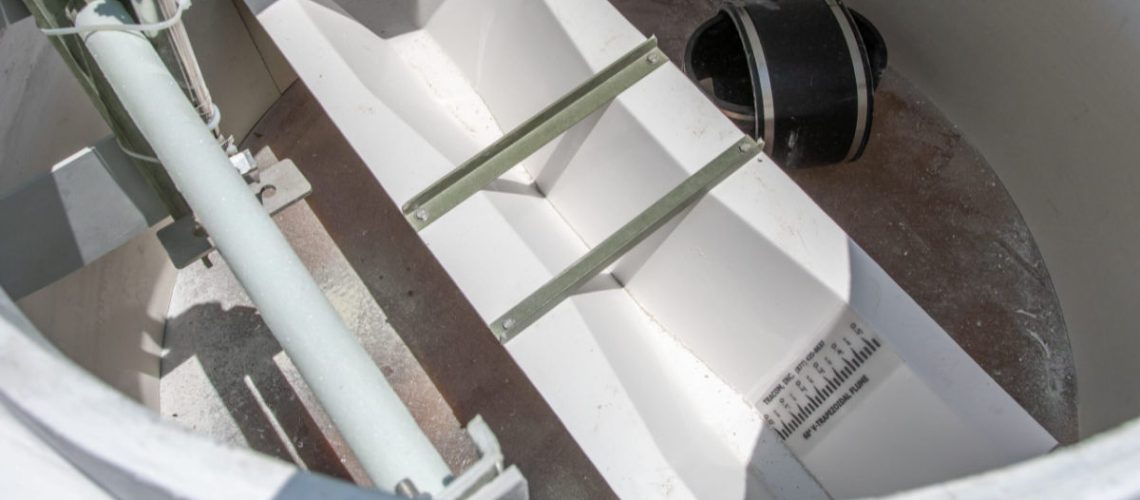Packaged metering manholes have much to offer when you’re looking for a convenient solution for taking underground flow rate measurements. Whether you’re utilizing a manhole with a built-in measurement device like a flume or one that’s going to be added to an already existing device, you’ll need to know how to set one up properly. Learn how to install a packaged metering manhole.
- Products
- Fiberglass Shelters
- Equipment Enclosures
- Resources
Chemical Contact Weirs
Read More →What Are Chemical Contact Weirs?
Chemical contact weirs are critical components in water treatment systems, designed to facilitate the efficient introduction and distribution of chemicals ... - Company



